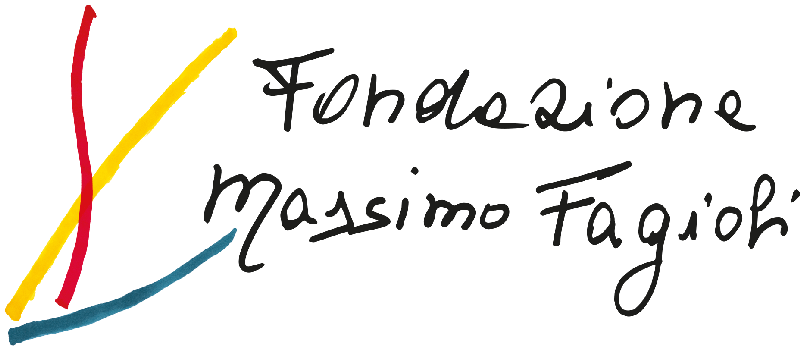Objective
This work proposes an analysis of envy in the light of Massimo Fagioli’s discoveries, considering the interest that the psychiatric-psychodynamic literature reserves for this dynamic, seen by many authors as clinically significant and etiopathogenetic factor of some mental disorders. It is taken into account the emphasis on dynamics of envy in personality disorders, in particular in Narcissistic Personality Disorder, which is commonly considered as transference element usually encountered. Furthermore, the issues that arise in countertransference dynamics are described. In a very high percentage of these patients a strong sense of unease is found (Eaton et al: J Pers Dis 31: 449-461) which is hardly put in relation with envy. The anguish described in the narcissistic patient is usually referred to a generic vulnerability rather than to the specific psychodynamics of envy and the inability to love becomes a character trait, and not the result of a specific envious dynamic.
It is essential to frame the primitive drive matrix of envy which originates from the death instinct and that makes it unconscious and therefore invisible, unknown.
The different clinical manifestations of envy in the psychotherapeutic relationship always represent a challenge for the therapist, challenge that can only be faced with the exact knowledge of this complex dynamic.
Relevance
It therefore appears relevant to the authors to deepen the conscious and non-conscious expressions of envy and examine the different clinical manifestations in psychiatric nosography, in particular for what concerns the many psychodynamic aspects involved in the phenomenon. We will distinguish ourselves from who considers envy related to a constitutionally determined aggression, proposing the two fundamental moments of this dynamic that summarize being and non-being. “Odi et amo. Quare id faciam, fortasse requiris. Nescio, sed fieri sentio et excrucior” (Catullus). The poet here expresses the terrible suffering of living strong and opposite feelings, without knowing how this can happen to him, regardless of his will. In these verses we find represented the drama of the ambivalence of a possible and impossible relationship with the object, ambivalence which distinguishes the dynamics of envy, and which is linked to the two fundamental moments of the aforementioned dynamic: the perception-intuition of the qualities of the other, beyond physical seeing, and envy that ruins and spoils the qualities and possibilities of the object.
However, the torment of this split is not always experienced, because when the moment of intuition is lost, the envious subject remains in relationship with the reality that he himself has created, only his “truth” exists and the suffering of the conflict, that is related to the moment of intuition, disappears and the desire aroused by intuition becomes impossible to satisfy.
We consider that the primitive matrix of envy is the death instinct and starting from this consideration we note how it alters knowledge of reality and of human truth.
It also seems significant to us to grasp the envious investment which is present in today’s culture. Subtle dimension, often invisible, which, containing a denial of human possibilities, becomes destructive of what could represent the hope and the struggle for the transformation and realization of human beings.
Methodology
This work suggests a critical review of the most significant psychoanalytic literature; it is important to reconstruct the path of this concept from the history of psychoanalysis to current psychodynamic psychiatry.
Through a deep analysis of the dynamics of envy considering the Human Birth Theory, psychotherapeutic reflections based on the experience and clinical practice of the authors will be presented.
